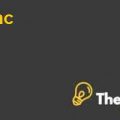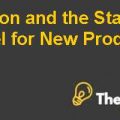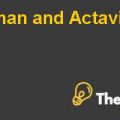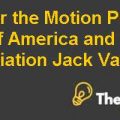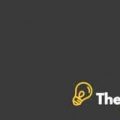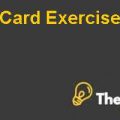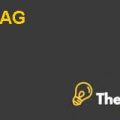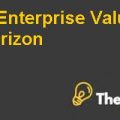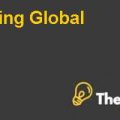Introduction:
The Media General newspaper is facing difficulties in its survival due to a continuous decline in the US newspaper industry because of its nature to deliver news later than other media like television, internet and radio. The other means are considered to be cost effective to the customers and it is readily available on time. In the past, there are many bankruptcies that have taken place in the US newspaper industry and MG is also under the consideration of the financial difficulties.
It is facing continuous losses; therefore it is going to sell its 63 newspapers to another outsider. Buffett has offered a bid of $142 million in cash that excludes any accumulated tax benefits on past operating losses and all employee pension plan that's worth $30 million at that date.
Along with the above specified amount, a loan of $354 million will be provided to MG group with a face value of $500 million and a coupon rate of 10.5% with 8 years maturity. The loan will be provided only if the acquisition takes place.
Berkshire will also receive warrants of class A common shares, with a worth of 4.65 million that represents 19.9% of MG’s total common equity.
Analysis:
The analysis is based upon to analyses the proposed acquisition and bonds, investment in Media General by Buffett. The analysis does consider the value of MG’s 63 newspapers and the comparison with the bid price of $142 million. These analyses have also considered the internal rate of return or effective interest rate for the loan and the option price for the warrants.
Evaluation of the deals:
In this section the deal made between them is evaluated on the basis of the individual state of Media General in the deal and its detailed analysis is given in the other parts of this report.
Valuation (closing date of January 01, 2012) and Expected cash flows and future expected growth of MEG:
The value of the business through the free cash flow model is around $311 million (Appendix 6) that represents all the divisions including Tampa Tribune. The business value is derived through many of the assumptions and market variables that are available in the case.
The first thing that is considered under valuation is the beta equity that is a sum of systematic risk and unsystematic risk. The systematic risk is beta asset that is considered to be same for the companies that are operating under the same industry and in same economic conditions. The unsystematic risk is the financial risk of the company that a company bears due to raising long-term debts. The systematic risk cannot be reduced by the company and systematic risk can be reduced by the company through 0% debt financing.
The beta asset for the company is 1.2 (Appendix 1) that is derived from the industry average beta asset from the given companies in the industry and the debt percentage of total value is 25% that is targeted along with 75% of equity to total value is also targeted values. The beta equity of the company with the combination of all these variables is 1.46 (Appendix 2).
The risk free rate of return is 2.9% and the market risk premium is 4% for the newspaper industry. The cost of equity is derived by the combination of these variables and the cost of equity is 8.29% (Appendix 3). The cost of equity is considered to be the required return of the common equity holders and in this case if acquisition takes place, then equity holder will be Buffett.
The cost of debt for CCC+ rating bonds is 10.26% (Exhibit 11) and the rate of tax is 35% that derives the net of tax cost of debt amounting to 6.67% (Appendix 4).
Buffett’s bid for Media General Case Solution
The weighted average cost of capital is said to be the required return of all the investors are the company and it is the internal rate of return for the company that a company must earn in order to accept any of the proposals. The WACC for this case is 7.89% (Appendix 5).
The cash inflows are considered to be derived from EBIT and then some adjustments are required that are made under Appendix 6..............
This is just a sample partial case solution. Please place the order on the website to order your own originally done case solution.

